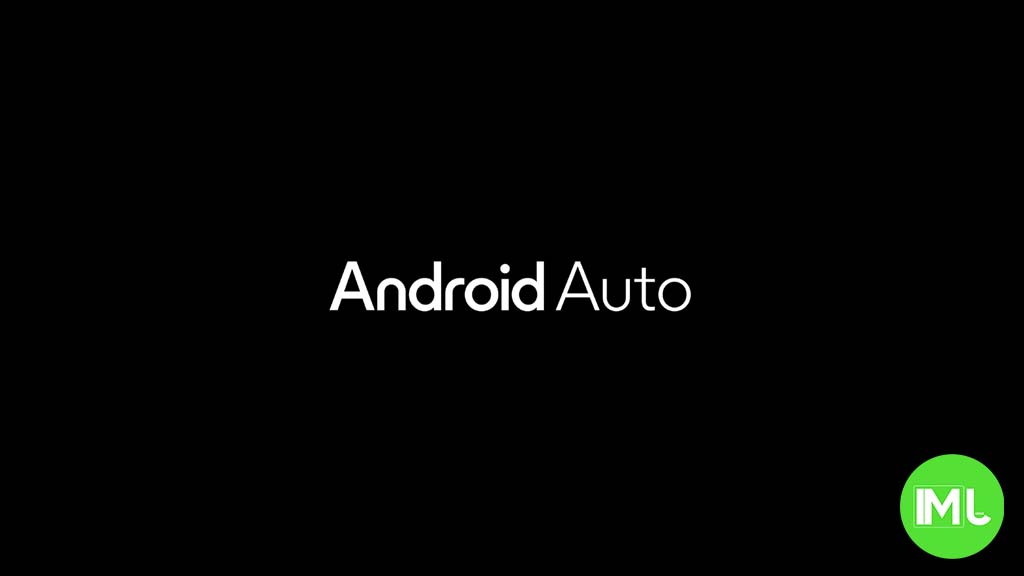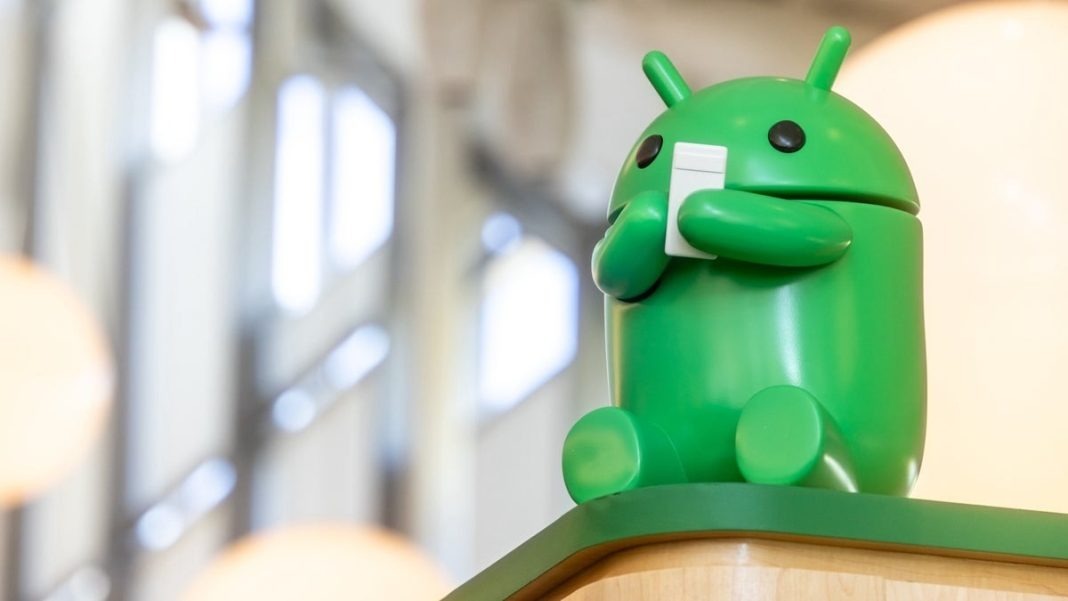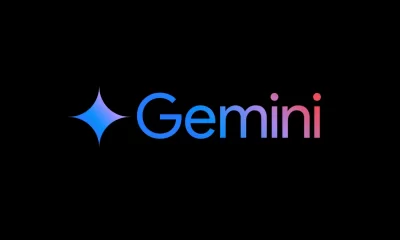Android
Android Auto weather card not working for many users

Android Auto has recently had a small but annoying problem—its weather card isn’t showing up for many users. Usually, this feature shows the current temperature and weather condition in the top corner of the dashboard, which is helpful while driving. But now, for a lot of people, it’s either missing or just showing a blank space.
Reports about this issue have been popping up on Google’s support forums and Reddit over the past week. Some users say the card disappeared after a recent Android Auto update, while others noticed it went away without any changes to their apps or settings.
What’s odd is that Google hasn’t confirmed if this is a bug or a planned change. As of now, there’s no official fix or update. Some users tried restarting their phones, clearing cache, or reinstalling the app, but these steps didn’t work for everyone.
This isn’t the first time something like this has happened. Android Auto has had similar issues with the weather card in the past, which were usually fixed through updates. Until Google releases a fix or gives more info, users will just have to wait and hope the card comes back soon.
If you’re affected, it’s a good idea to keep your app and phone updated in case a fix rolls out.
Android
Pixel Watch gets better media controls, and Android tests bubble bar for phones

Google is rolling out two new updates that aim to improve the experience on Android devices, including the Pixel Watch and Android phones.
First, the Pixel Watch is getting upgraded media controls. With the new update, users can now swipe between different media apps like Spotify and YouTube Music more easily. Instead of going back and forth through menus, you can just swipe left or right to switch apps. The update also adds a shortcut to quickly launch the full media app right from the watch. This makes listening to music or podcasts much smoother and faster.
Meanwhile, Google is testing a new feature for Android phones called the “bubble bar.” This new feature is meant to replace or enhance the current taskbar and app dock. It looks like a small floating bar with app icons, similar to bubbles. Users can easily switch between apps without going back to the home screen. The bubble bar could be especially helpful for larger-screen devices like foldables or tablets, making multitasking simpler.
These updates show how Google is working to make Android more user-friendly across different devices. While the Pixel Watch update is starting to roll out now, the bubble bar is still being tested, so it may take a while before it becomes available to everyone.
Android
Android 15 and AI upgrades expected at Google I/O 2025

Google I/O 2025 is coming on May 14, and it’s expected to bring big news about Android 15 and Google’s AI tools. This year, the focus will likely be on making Android smarter and more useful.
Android 15 has already started showing up in early previews. It’s expected to improve how your phone runs in the background, add better support for satellite connectivity, and make foldable phones work even more smoothly. Google might also show off new features focused on privacy and speed.
Artificial Intelligence will likely be the main highlight at this year’s event. Google is working hard on Gemini, its new AI system, which might get even more updates. We could see AI features added directly into Android, like smarter replies in messages or better voice commands.
Google might also talk about new Pixel products, especially the Pixel 8a. This phone is expected to offer premium features at a lower price. Along with that, updates to Wear OS for smartwatches and Android TV could also be announced.
Overall, Google I/O 2025 is shaping up to be an exciting event for Android users and developers, especially with the growing role of AI in mobile experiences. We’ll know more once the keynote goes live on May 14.
Android
Android 16 will make switching audio devices easier

Android 16 is bringing a small but helpful update that improves how users manage their audio output. Right now, when you’re listening to music or watching a video on your phone, switching the sound to another device, like wireless earbuds or a speaker, can sometimes feel clunky or take too many steps.
To fix this, Google is working on a better media output switcher for Android 16. This new tool will let you easily move audio between different connected devices. For example, if you’re listening to a song on your phone and want to switch the sound to your Bluetooth speaker, you’ll be able to do it quickly through the media controls without needing to go into the settings.
This improved feature was spotted in early Android 16 test builds. It shows a redesigned switcher that groups available audio devices into two clear sections: currently connected devices and other nearby devices. This makes it much easier to pick where you want the sound to go.
This update may seem small, but it’s part of Google’s ongoing work to make Android more user-friendly. It’s especially useful for people who often use wireless earbuds, smart speakers, or cast music to other gadgets. Android 16 is expected to bring more of these handy changes as it moves closer to its final release.
-

 Apps1 year ago
Apps1 year agoGboard Proofread feature will support selected text
-

 News1 year ago
News1 year agoSamsung USA crafting One UI 6.1.1
-

 News1 year ago
News1 year agoBreaking: Samsung Galaxy S22 may get Galaxy AI features
-

 News1 year ago
News1 year agoSamsung Galaxy S23 Ultra with One UI 6.1 and all S24 AI features revealed
-

 News1 year ago
News1 year agoOne UI 6.1 Auracast (Bluetooth LE Audio) feature coming to many Samsung phones
-

 News1 year ago
News1 year agoSatellite SOS feature coming to Google Pixel phones, evidence leaked
-

 Apps11 months ago
Apps11 months agoGoogle’s fancy new Weather app is finally available for more Android phones
-

 News1 year ago
News1 year agoGoogle Pixel evolves as Europe’s third best selling flagship








